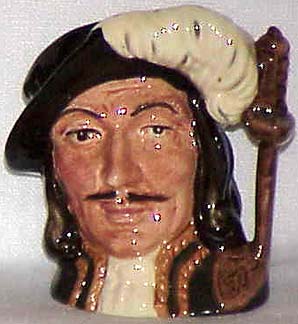 In the annals of Church history, probably no event still reverberates in the West with such catastrophic power as the so-called Protestant Reformation. Dear old Hilaire Belloc, in the final chapter of his essential book, How the Reformation Happened, encapsulates the English experience tightly:
In the annals of Church history, probably no event still reverberates in the West with such catastrophic power as the so-called Protestant Reformation. Dear old Hilaire Belloc, in the final chapter of his essential book, How the Reformation Happened, encapsulates the English experience tightly:In England the rigid government of the wealthy organised minority, led by William Cecil and his son Robert after him, succeeds (note well: Belloc knows that Elizabeth was truly powerless unlike mythic movie depictions). Mary Queen of Scots, the Catholic heiress to the throne, is put to death, the rebels against Spain in the Netherlands are supported, a Spanish expedition to succour the Catholic Church in England fails, and at the death of Queen Elizabeth, in 1603, perhaps half the people are detached from Catholic tradition; two years after, the Gunpowder Plot, nursed by the second Cecil (NB again: And you thought Guy Fawkes worked alone? Shame on you. Belloc took a 1st in History at Oxford and worked from documents. Get your history from "V for Vendetta"?), turns the tide. After that date, 1605, the mass in England becomes definitely anti-Catholic, and the essential part of the struggle may be said to be over. [264, hb]At the time Belloc wrote How the Reformation Happened he was optimistic about Europe in general maintaining and perhaps rebuilding upon its Christian roots. Yet in other works, he foresaw the uprising of both Islam and paganism -- our present two-front war foes.
May we all pray mightily to Our Lady that Hilaire Belloc's optimism was not wholly misplaced. The Camelot myth is a pale parody of the greatness of pre-revolutionary England. May we reverently remind Her that once merrie England had another name lovingly bestowed and lovingly remembered by a remnant: the Dowry of Mary.









No comments:
Post a Comment